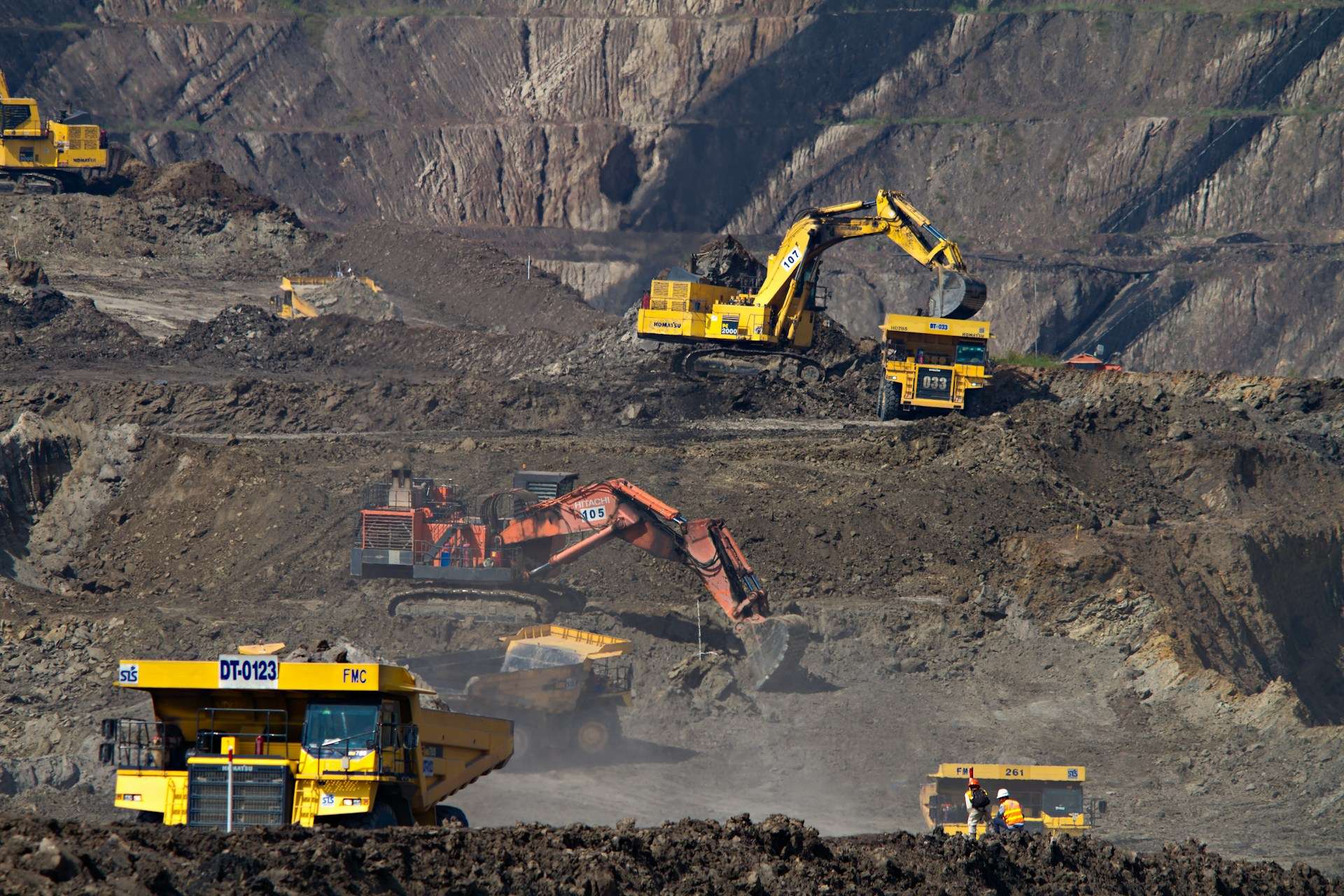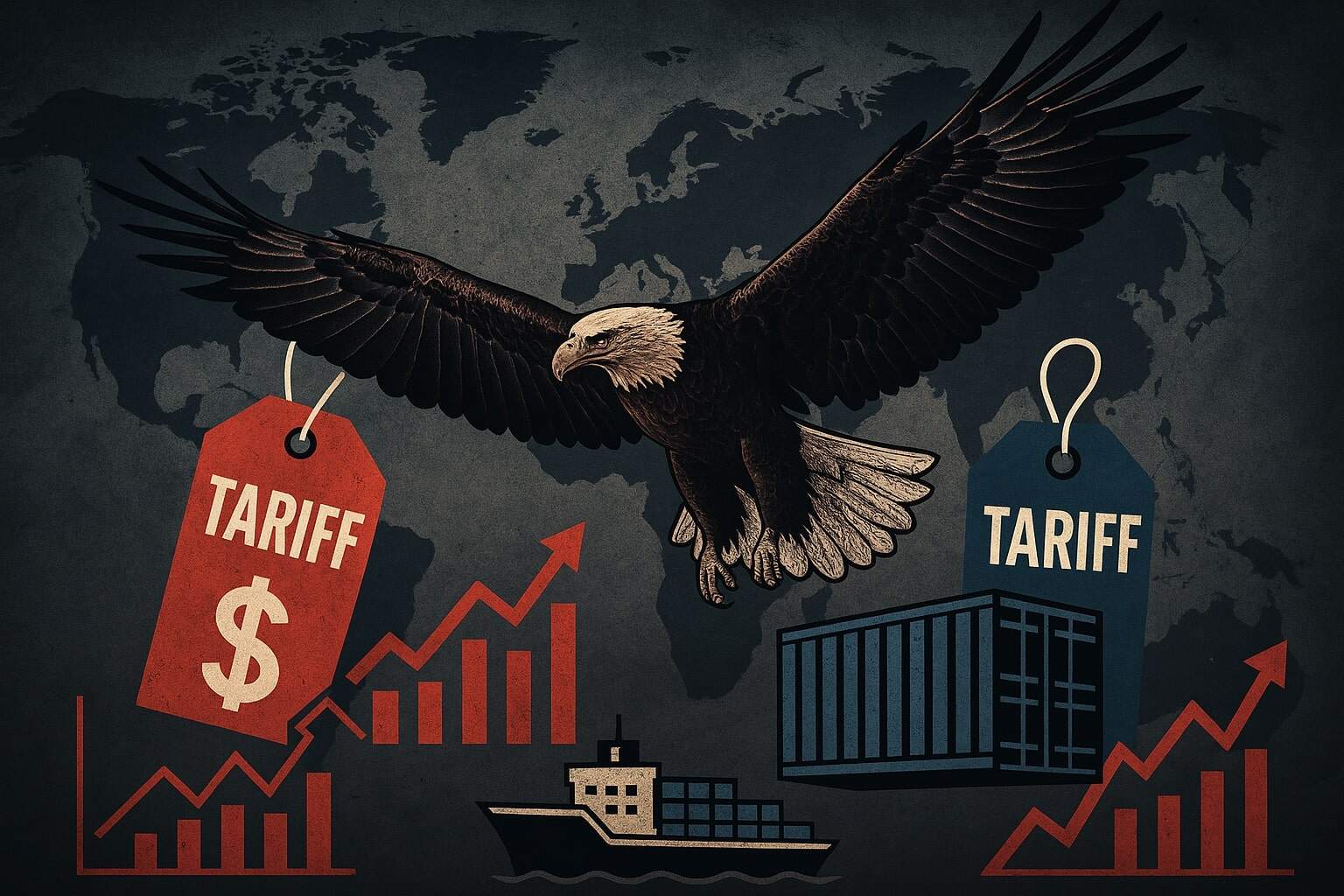As India charts an ambitious course toward economic growth, its people and environment are bearing the brunt of a development model that often overlooks critical social and environmental costs. From the polluted air choking Delhi’s residents to contaminated water sickening Chennai’s population, and from workers falling victim to silicosis in mining towns to the country’s failure to address plastic pollution, the threads of an unsustainable development trajectory are unraveling. Each issue underscores the urgent need for a holistic approach to balance economic aspirations with human and environmental well-being.

The Silent Killer in Mines
India’s construction-driven mining boom has expanded silica extraction, exposing millions of workers to the risk of silicosis. This chronic lung disease develops when microscopic silica particles embed themselves in the lungs, hampering respiratory function. Despite long-standing legal frameworks such as the Occupational Safety, Health and Working Conditions Code 2020, mining operators have routinely failed to report cases, obscuring the true scale of the problem.
In resource-rich states with poor health infrastructure, mine workers are left to endure life-threatening conditions. Many do not seek medical intervention until silicosis has irreparably damaged their health, and even then, diagnoses are often misclassified as tuberculosis. While recent directives by the National Green Tribunal (NGT) have called for improved guidelines and healthcare facilities, the implementation remains painfully slow.
This negligence highlights a contradiction in India’s international climate justice advocacy. While demanding concessions on emissions and adaptation financing, the nation fails to safeguard the rights of its own workers, who endure deplorable conditions in the name of economic progress.

Water: A Right, Not a Privilege
The recent deaths in Chennai due to suspected water contamination reveal another facet of the country’s infrastructural deficiencies. Even urban areas with established piped water systems are not immune to lapses in quality. The suburban locality of Pallavaram, where three people died and 34 were hospitalized, is just one of many examples.
Incidents of contaminated water supply have also been reported in Bengaluru, Kochi, and other cities, exposing the fragility of India’s water and drainage infrastructure. Compounding the issue are alarming levels of chemical pollution in groundwater, with arsenic and fluoride contamination affecting hundreds of districts nationwide.
Although Tamil Nadu’s Chief Minister M.K. Stalin has outlined ambitious plans to enhance water distribution and recycling, the lack of immediate action casts doubt on these promises. In a country where safe drinking water is a recognized human right, the persistence of such crises is unacceptable.
Plastic Pollution: A Global and Local Crisis
The recent failure of the Global Plastics Treaty negotiations in Busan has cast a spotlight on India’s stance on plastic pollution. Despite recycling only a third of the plastic it generates annually, India aligned with nations opposing cuts to virgin polymer production, citing economic imperatives.
However, this position risks putting the country on the wrong side of history. Plastic pollution is not just an environmental issue; it is a public health and ecological crisis. Microplastics have infiltrated soil, water, and even the human body, exacerbating the urgent need for effective solutions. A phased reduction in plastic production, coupled with investments in recycling technology, could provide a pathway forward.
The Unbreathable Air of Delhi
Delhi’s struggle with air pollution epitomizes the broader environmental challenges facing India. Seasonal factors like crop burning exacerbate already high levels of pollution caused by vehicle emissions, industrial activity, and construction dust. The resulting health crisis has led to millions suffering from respiratory ailments, with children and the elderly being the most vulnerable.
Efforts to combat pollution have included restrictions on vehicle use, bans on firecrackers, and crop residue management. Yet, without structural reforms in urban planning, industrial regulation, and energy transition, these measures remain Band-Aid solutions.
Toward a Sustainable Future
India’s developmental aspirations need not come at the cost of its people’s health and environmental integrity. Policymakers must embrace a more inclusive model that prioritizes sustainable practices, robust regulatory frameworks, and equitable resource allocation.
- Strengthening Regulation: Enforce compliance with occupational safety laws to protect mine workers and penalize violators. Establish independent oversight for water and air quality.
- Community Empowerment: Involve local communities in reporting issues such as water contamination and unsafe working conditions. Provide accessible healthcare and legal recourse for affected populations.
- Investing in Technology: Promote research and development in cleaner mining practices, water recycling technologies, and advanced plastic recycling systems.
- Global Collaboration: Reassess India’s position on international environmental treaties to align with long-term ecological and health goals.
The cost of inaction is already evident in the lives lost, the ecosystems degraded, and the trust eroded. It is time for India to redefine its growth story—not as one of unchecked industrial expansion, but as a testament to the resilience of its people and the stewardship of its environment.
Conclusion
India stands at a crossroads where the choices it makes will shape its future for generations to come. Addressing the intertwined crises of water, air, worker welfare, and plastic pollution requires visionary leadership and collective action. As a nation of over a billion people, India must lead by example, proving that sustainable development is not only possible but necessary. Only then can it truly claim to be a global leader in both progress and responsibility.




